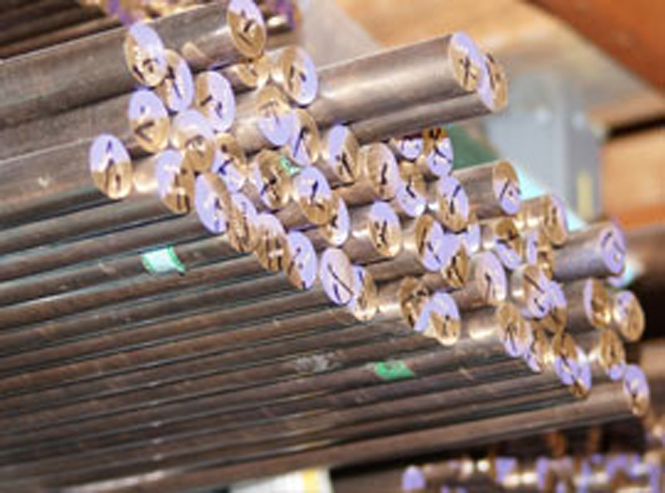ALUMINUM CASTING
Aluminum Bronze Alloys Aluminum bronze alloys offer superior strength and tarnish resistance. The aluminum component of these alloys forms a protective barrier to prevent corrosion—copper, on its own, is especially susceptible to oxidation and corrosion. Adding resilient aluminum creates the perfect combination of longevity and rich, bronze coloring.

The anti-corrosive properties create high demand for these alloys in water supply applications, as well as any industry where corrosion is a significant concern. You can also use aluminum bronze alloys in welding and casting jobs. We have several choices, such as C63000 aluminum bronze and C64200 aluminum silicon bronze. If you have any questions about our alloys, contact us and we’ll be happy to help.

Aluminum Bronzes have high strengths (comparable to medium-carbon steel), high hardness in the as-cast state, and excellent corrosion resistance properties. They possess good anti-frictional characteristics and resist scaling and oxidation at elevated temperatures. Aluminum Bronzes can be hot worked readily, and some grades possess good cold forming characteristics and respond to a form of precipitation hardening.

Alloy C62300 (CuAl9Fe3) is a binary Aluminum Bronze containing copper, aluminum, and iron. The addition of iron helps grain refining and increases the mechanical strength.

The Aluminum Bronze C62300 is a medium to high strength bronze, which offers the combination of good corrosion resistance in seawater and many acidic environments. It has good ductility, is easily machined, and has wear and anti-galling properties where it finds use in aerospace applications.

As with most copper-based alloys, it also maintains its properties at cryogenic temperatures. The alloy is easily hot worked and can be welded by MIG or TIG joining techniques.

Aluminum Nickel Bronze (CuAl9Fe4Ni4) C63200 is an American Naval alloy with improved corrosion resistance. When the alloy was first produced as a casting, it was found that occasionally the alloy suffered selective corrosion of the kappa phase.

The new wrought alloy has a quench and temper heat treatment which eliminated this problem introducing a structure that changed the morphology of the kappa phase.

The alloy has a proven history within Naval applications where it is used extensively in the building of Nuclear submarines and other Naval surface craft. C63200 can be joined by using MIG or TIG welding techniques.

In addition, the alloy has excellent wear resistance and good corrosion resistance in fresh and seawater.

It is non-sparking which is important in explosive environments, relating to weapon handling, petrochemical industries, and the mining industry.

It has also good erosion/corrosion properties, which find applications for marine propulsion units such as propellers.

